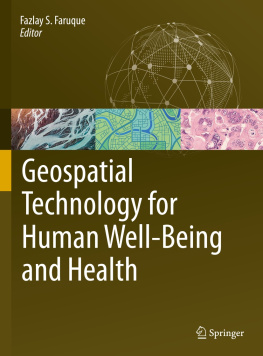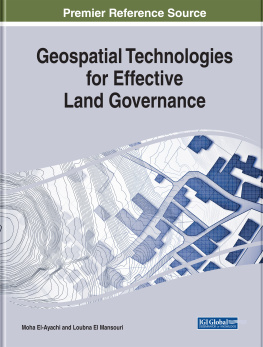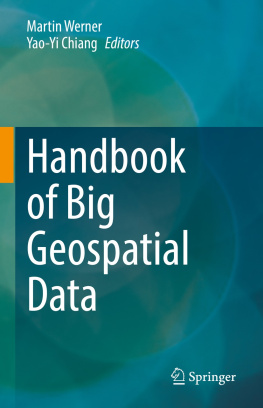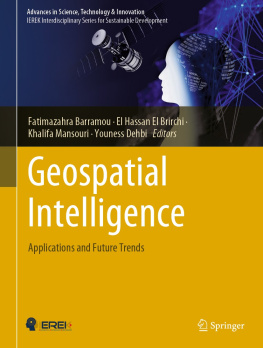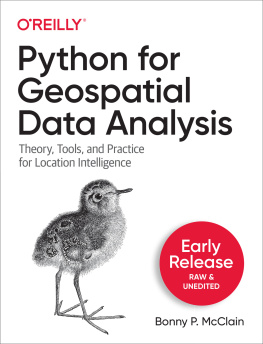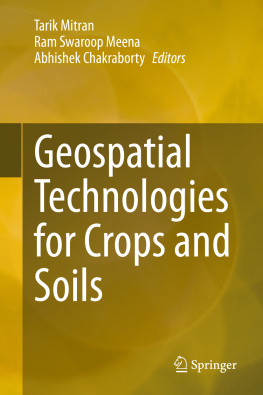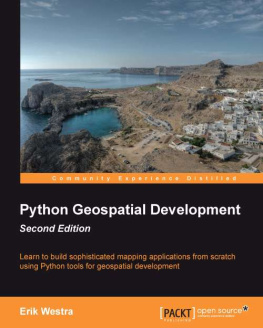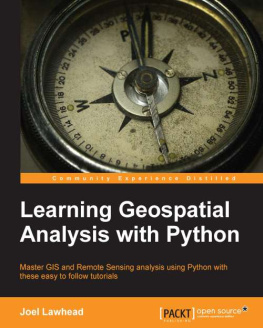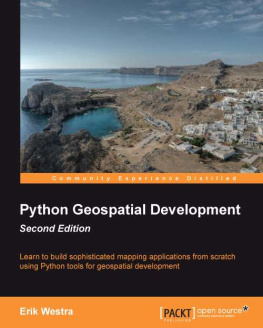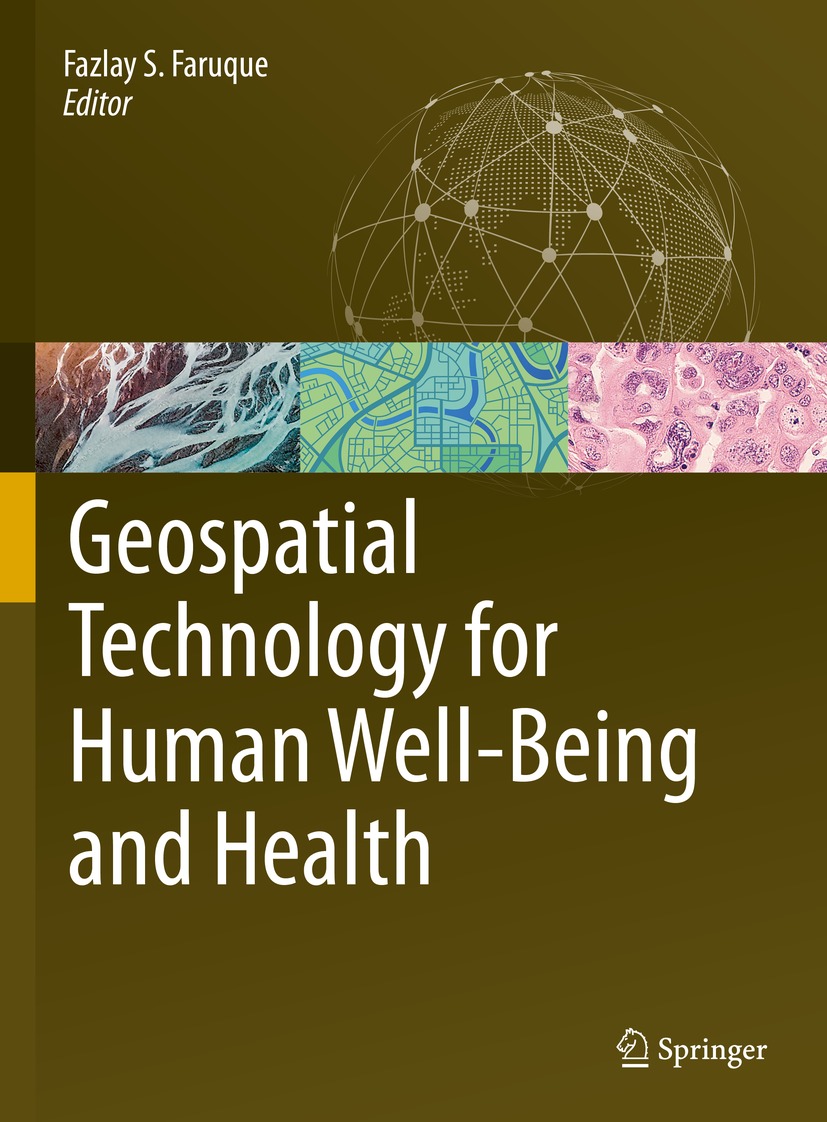Fazlay S. Faruque (editor) - Geospatial Technology for Human Well-Being and Health
Here you can read online Fazlay S. Faruque (editor) - Geospatial Technology for Human Well-Being and Health full text of the book (entire story) in english for free. Download pdf and epub, get meaning, cover and reviews about this ebook. City: Cham, year: 2022, publisher: Springer, genre: Science. Description of the work, (preface) as well as reviews are available. Best literature library LitArk.com created for fans of good reading and offers a wide selection of genres:
Romance novel
Science fiction
Adventure
Detective
Science
History
Home and family
Prose
Art
Politics
Computer
Non-fiction
Religion
Business
Children
Humor
Choose a favorite category and find really read worthwhile books. Enjoy immersion in the world of imagination, feel the emotions of the characters or learn something new for yourself, make an fascinating discovery.
- Book:Geospatial Technology for Human Well-Being and Health
- Author:
- Publisher:Springer
- Genre:
- Year:2022
- City:Cham
- Rating:3 / 5
- Favourites:Add to favourites
- Your mark:
Geospatial Technology for Human Well-Being and Health: summary, description and annotation
We offer to read an annotation, description, summary or preface (depends on what the author of the book "Geospatial Technology for Human Well-Being and Health" wrote himself). If you haven't found the necessary information about the book — write in the comments, we will try to find it.
Over the last thirty years or so, there have been tremendous advancements in the area of geospatial health; however, somehow, two aspects have not received as much attention as they should have received. These are a) limitations of different spatial analytical tools and b) progress in making geospatial environmental exposure data available for advanced health science research and for medical practice. This edited volume addresses those two less explored areas of geospatial health with augmented discussions on the theories, methodologies and limitations of contemporary geospatial technologies in a wide range of applications related to human well-being and health.
In 20 chapters, readers are presented with an up-to-date assessment of geospatial technologies with an emphasis on understanding general geospatial principles and methodologies that are often overlooked in the research literature. As a result, this book will be of interest to both newcomers and experts in geospatial analysis and will appeal to students and researchers engaged in studying human well-being and health.
Chapters are presenting new concepts, new analytical methods and contemporary applications within the framework of geospatial applications in human well-being and health. The topics addressed by the various chapter authors include analytical approaches, newer areas of geospatial health application, introduction to unique resources, geospatial modeling, and environmental pollution assessments for air, water and soil.
Fazlay S. Faruque (editor): author's other books
Who wrote Geospatial Technology for Human Well-Being and Health? Find out the surname, the name of the author of the book and a list of all author's works by series.

